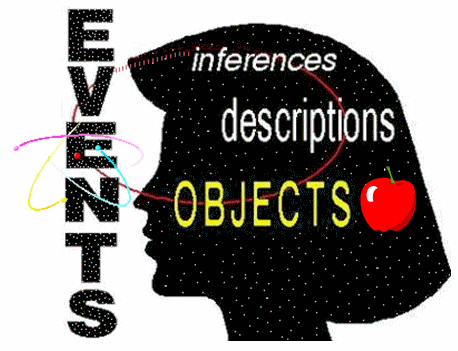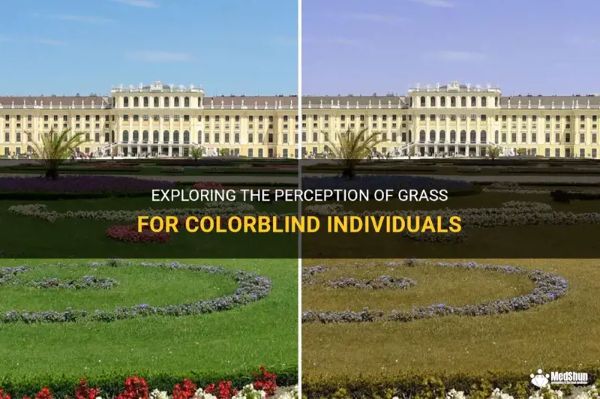
"The Grass is Green?"
Written 1996 by Steven LewisKorzybski built his system on an empirically demonstrable generalization, non-identity, which in my teachings I refer to as the principle of individuality. We can define this principle as "no two situations, parts of situations, persons or stages of processes are the same in all details."
Although we may live in a world of individuality, our nervous systems seek generality. We abstract. Too often we confuse the various orders of abstraction produced by our nervous systems. We confuse the object level with the process level, the map with the territory, the inference with the description, the word with a particular meaning .... Korzybski often refered to these various confusions of the orders of abstractions as "identification." If we identify we do not differentiate enough ... we overevaluate by generality (intension), underevaluate by individuality (extension).
Korzybski's prescription did not include prohibitions against making inferences or generalizations. Instead he suggested we train ourselves to properly evaluate the different orders of abstraction. He wanted us to evaluate a map as a map, and not as the territory it could at best only represent. We would not confuse the objective level with the process level, nor the verbal level with the silent level, nor the inferential level with the descriptive level ....
Korzybski's interest in the structure of our language arose from his empirically demonstrable belief that our daily language habits often grossly misrepresent the structure of our world as revealed by 20th century science, and like a map of wrong structure may lead us astray.  In the case of "the grass is green," Korzybski's concern would be that the statement does not remind the individual that the greenness s/he sees is a joint interaction of an observer and their environment. Instead, "the grass is green" removes the observer from the observed, inviting the observer to unconsciously project their abstractions onto the outside world.
In the case of "the grass is green," Korzybski's concern would be that the statement does not remind the individual that the greenness s/he sees is a joint interaction of an observer and their environment. Instead, "the grass is green" removes the observer from the observed, inviting the observer to unconsciously project their abstractions onto the outside world.
To better map our world we could say "I see the grass as green." Here the observer is included in the observation. Such a statement may reflect a degree of consciousness of abstracting, an understanding that what we see "out there" is a product of a unique nervous system responding to unique stimuli. This higher consciousness may permit a person to be more tolerant of others who may see and/or label the grass some other color.
Go to General Semantics Home Page ||| Go to Steven Lewis Home Page